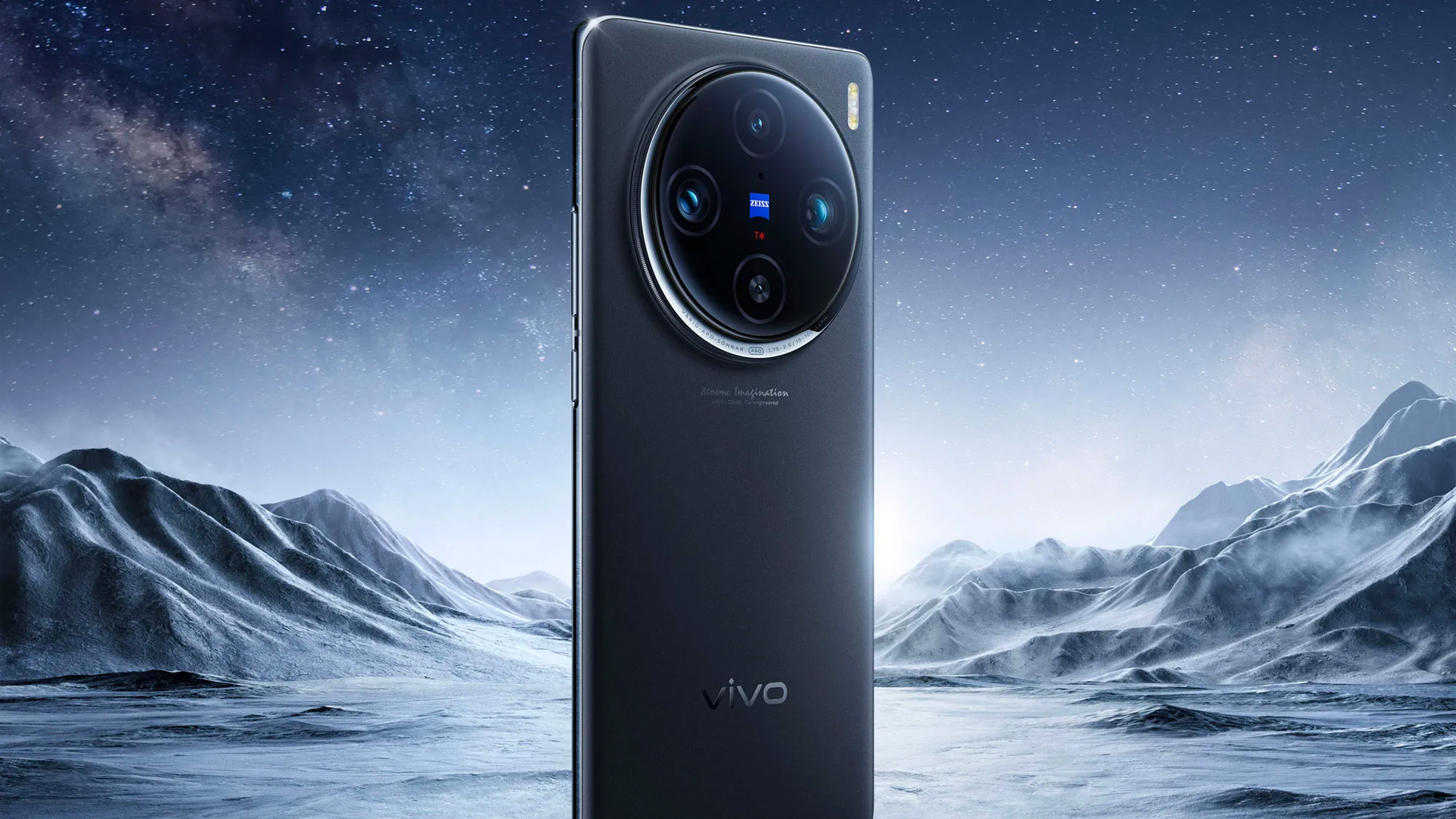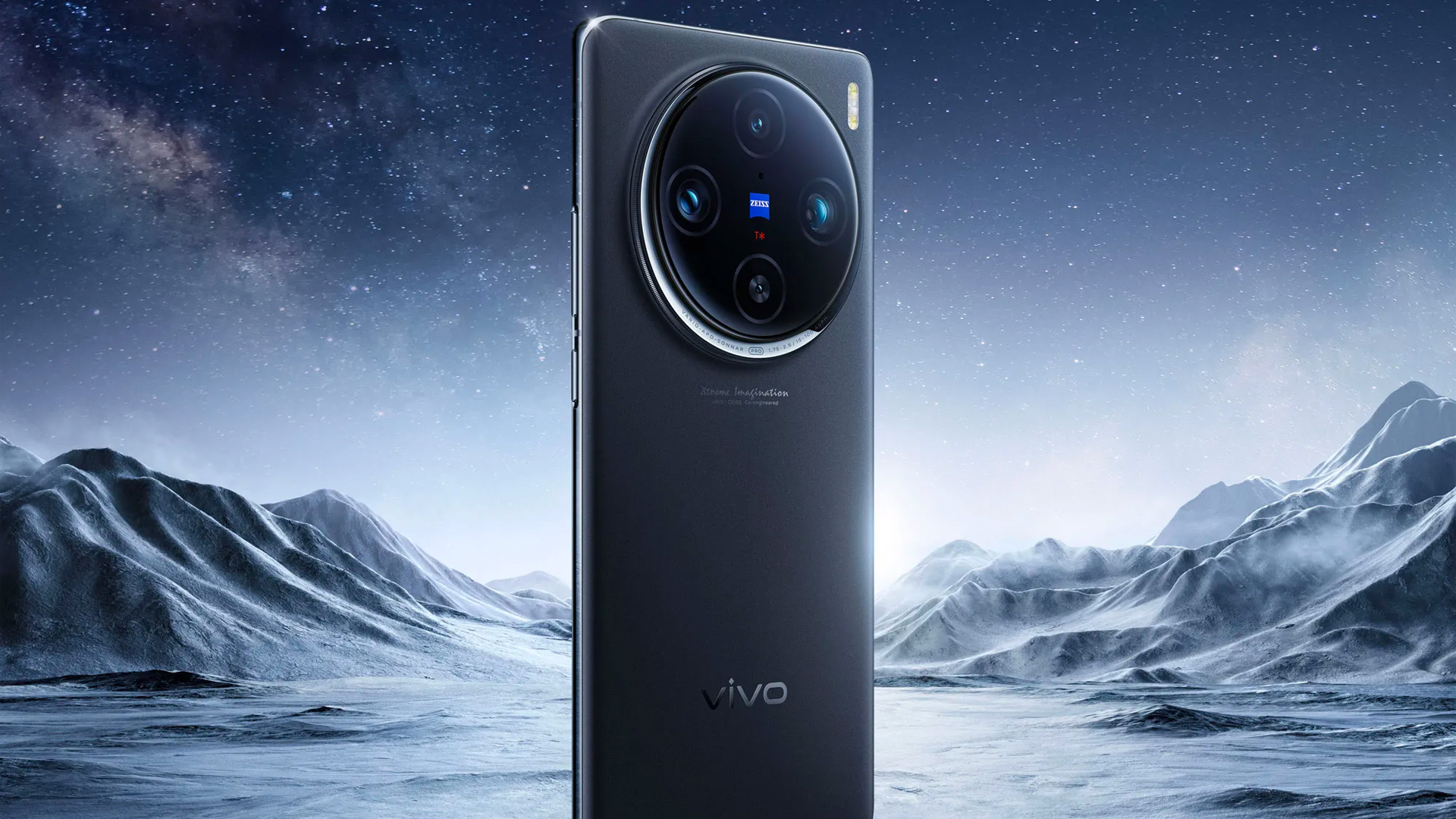Vivo India today launched its latest flagship camera-oriented device, the Vivo V7 Plus . While the company’s emphasis has always been on improving the camera experience on its smartphones, the Chinese company is looking to change that with the Vivo V7 Plus.
The V7 Plus features a design which borrows heavily from the likes of the Samsung Galaxy Note 8 and the LG Q6 , courtesy of the 18:9 screen aspect ratio.
The Vivo V7 Plus does not come cheap either. Priced at Rs 21999, the phone faces competition from a number of its competitors, most of them boasting of better performance when it comes to bare numbers along with dual-cameras. The phone will go on sale starting 8 September on online as well as offline platforms.
The Vivo V5 Plus did impress us during our review with its selfie game earlier this year but with prime competitors in Xiaomi making life difficult for the company, it would be interesting to see whether it does manage to impress customers, given its price tag.
Build and Design
Vivo tried to do things a little differently as it shrugs away its usual design language to opt for something that is more eye-catching — an 18:9 display aspect ratio along with a 2.5D glass. It does sport a plastic unibody design with rounded edges to help with the grip, but the phone does feel a little flimsy at first. Weighing in at 160 grams, the V7 Plus is light and does not feel odd while gripping the device.
The fingerprint scanner has been moved to the back with the V7 Plus to make way for a larger screen without hampering the in-hand feel. The camera module on the back also shows a small yet noticeable bump. Vivo does opt for a regular micro USB port for charging to either side of which lies the speaker grill and a 3.5 mm headphone jack.
Features
The Vivo V7 Plus is powered by Qualcomm’s newest Snapdragon 450 chipset, the first phone to feature it in India. The processor is clocked at 1.8 GHz and comes along with an Adreno 506 GPU. The phone features 4 GB of RAM and a healthy 64 GB of internal storage.
The main feature on the Vivo V7 Plus is its whopping 24 MP front facing camera which comes with an f/2.0 sensor. The selfie shooter comes with a number of custom modes including a group selfie and a bokeh mode for shallower backgrounds. The primary camera is a 16 Megapixel unit which also packs in a number of shooting modes including a full manual shooting mode. Video lovers will complain though since video recording is capped at a maximum of 1080p footage at 30 frames per second.
The battery is a non-removable 3,225 mAh unit which does seem a little small for a 5.99-inch display, but the new chipset should help its cause. Sensors include an accelerometer, gyro sensor, proximity sensor, compass and a fingerprint scanner.
Display
Vivo India’s new flagship does fall apart a little when it comes to the display despite the new aspect ratio resulting in a screen-to-body ratio of 78.4 percent. The 5.99-inch IPS LCD display is wide but comes in at a resolution of only 1440 x 720p with a pixel density of just 269 ppi. The display does look vibrant with clear but slightly over-saturated colours.
The brightness levels are certainly decent for indoor conditions but we will be able to check the outdoor display legibility outdoor only in our full review.
Chipset, RAM and Storage
As mentioned, the Vivo V7 Plus is the first phone to be launched in India to feature Qualcomm’s Snapdragon 450 processor. Qualcomm vice president and country head, Larry Paulson who was present at the event stated that the Snapdragon 450 series performs up to 25 percent better in terms of CPU performance as well as battery consumption thanks to the 14nm FinFET technology.
The device packs in 4 GB of RAM and 64 GB of onboard storage which is further expandable up to 256 GB via a dedicated microSD card.
OS and Software
The V7 Plus runs Vivo’s heavily customised Funtouch OS version 3.2 based on Android 7.1.2 Nougat . This does put the phone ahead of the curve though there was not any mention of whether it would get Android Oreo or how soon. The phone also comes with the July Android security patch which is a good thing.
What is not, is the absence of Nougat based features like the long-press App Shortcuts among others which have been removed. There is also plenty of bloatware apps that users should be able to uninstall (more on this in the review). Getting used to the FunTouch OS could take a while for users coming from more closer to stock Android built operating systems.
Camera
While we have not had a chance to put the phone through its paces in terms of performance, the phone does sport a 16 Megapixel 1/3-inch, f/2.0 sensor with phase-detection auto focus and a dual-LED flash.
On the front, the Vivo V7 Plus sports a 24-megapixel camera with an f/2.0 aperture, 1/2.78-inch sensor and a ‘Moonlight’ soft selfie flash. The camera interface is quite different and does require some playing around to figure out the different modes and settings.
Battery and Connectivity
The battery is a 3,225 mAh unit which does sound a little on the smaller side when thinking of 6-inch displays. The battery does have to churn out fewer pixels and should be enough for a day’s use for an average user. Vivo does not mention of any quick charging support which could mean that the battery will take a while to juice up to a maximum. A standard micro USB 2.0 is what you get with the Vivo V7 Plus.
Coming to the connectivity front, the flagship phone adds Wi-Fi 802.11 b/g/n/ac, Bluetooth v4.2, A2DP, LE, GPS, GLONASS, USB OTG and an FM radio.
Conclusion
Vivo has outdone itself every time with its selfie cameras in the past and will quite likely continue to do so with the 24 MP Moonlight camera on the Vivo V7 Plus. With that said, the company does need to keep a track of the competition as it fails to meet demands in a lot of areas (USB Type-C, Full HD display, Quick Charging) when it comes to hardware; most of which have become the standard in the segment.
Vivo phones have proved earlier to be better than what they seem to offer on paper but the company could have priced the Vivo V7 Plus more competitively. With rivals Motorola and Xiaomi offering dual-camera phones and stock-like OS in the Moto G5S Plus and the Mi A1 at much lower price, the competition could be more fierce for Vivo than the company would have liked.
The phone is yet to be put through its paces and could be a hit or miss with the lower-end Snapdragon 450 option. This, however, will surely be proven in our full review of the device.


)




)
)
)
)
)
)
)
)